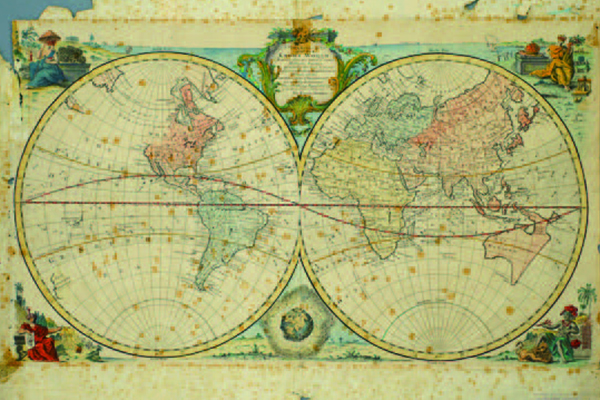Time marks papers, papers mark time
DOI:
https://doi.org/10.15168/xy.v4i7.141Abstract
“Maps cease to be understood primary as inert records of morphological landscapes or passive reflections of the word of objects, but are regarded as refracted images contributing to dialogue in a socially constructed world”1. The historical cartography is part with full rights of the cultural heritage, which is so much precious but also very subjected to the wear of time. Operators and institutions are involved in the conservation and restoration of this heritage. Several and different professionals interact and animate the debate around these artifacts that represent at the same time important geo–historical sources and the development of a complex code of signs and symbols that interweaves art, science and technique shaping the time of human civilization. The technical and scientific progresses in the diagnostic field and a multidisciplinary approach to the restoration actions have determinate less invasive methods and much more respectful of the operators and environment health. Even if this fact contributed to produce different development of skills, especially in Italy where there are some excellences, many studies have not been made yet especially in the prevention field. The advent of web and the use of digital technologies for the conservation and the documentation of historical cartography have the undoubted credit of opening new perspectives of study and making accessible the documents to a larger public, reducing at the same time the risks that come from the direct contact with the material supports. The time pitfalls are not defeated yet; in 2004, UNESCO urged the cultural institutions to consider with solicitude the problems linked to obsolescence of hardware and software used for the digital storage.


